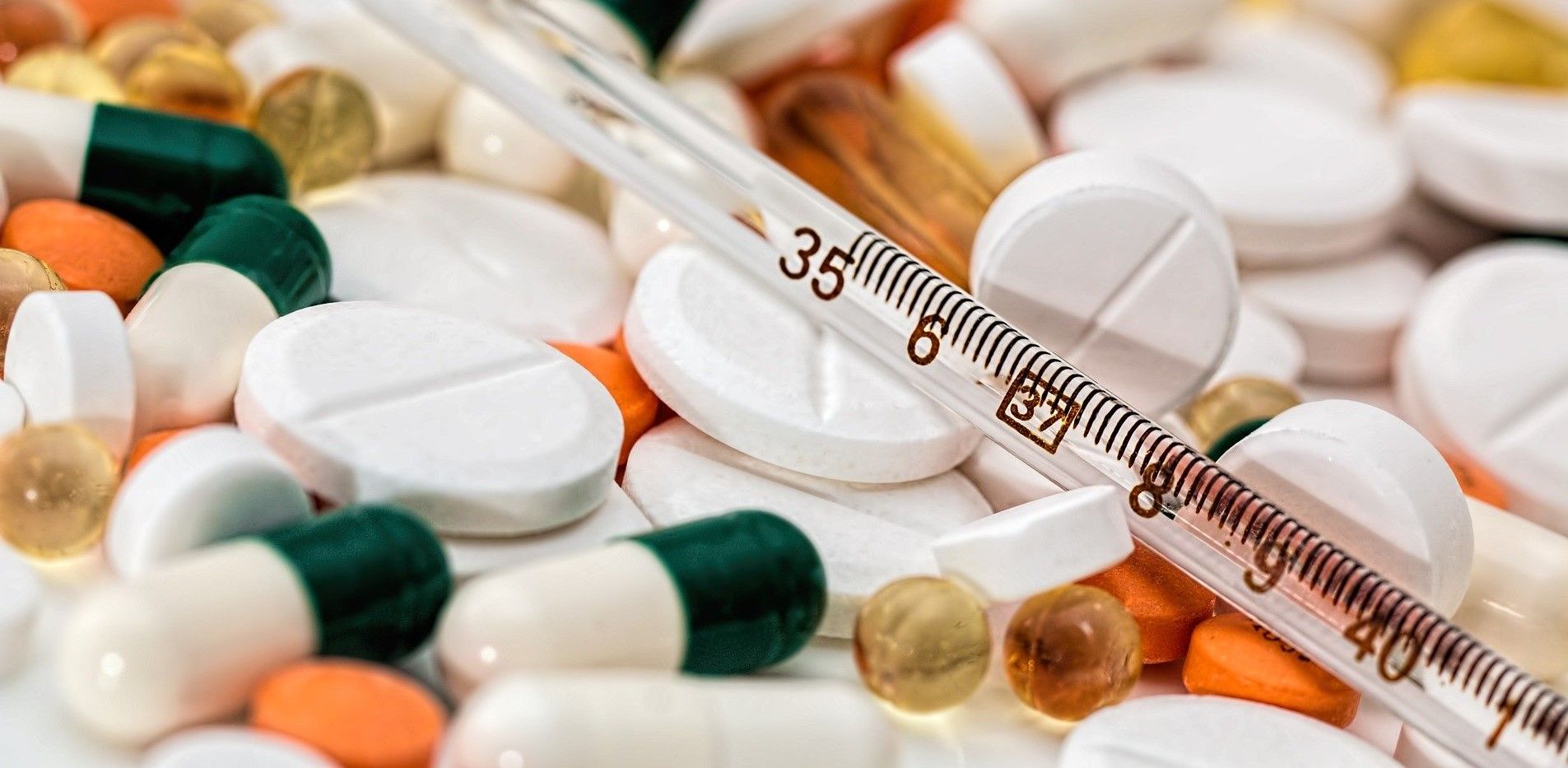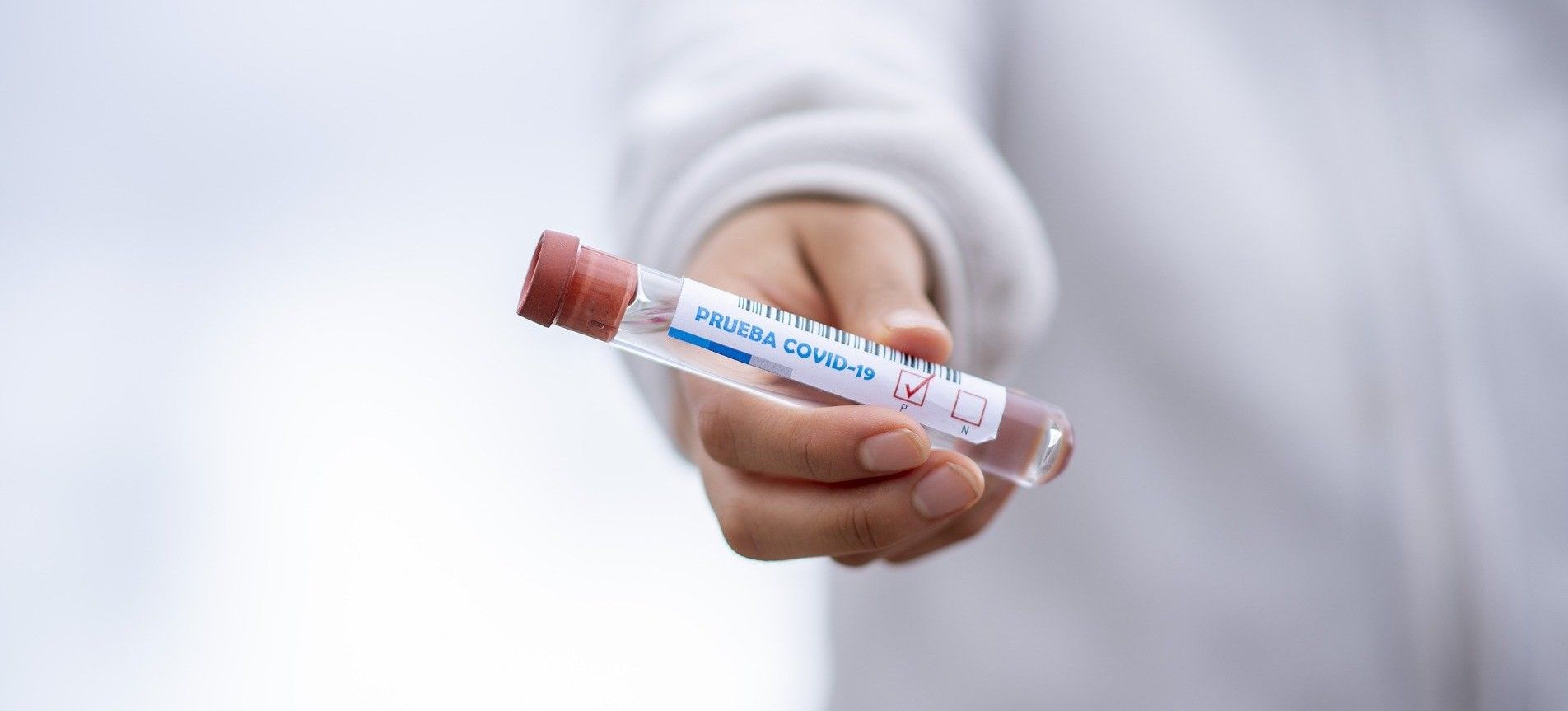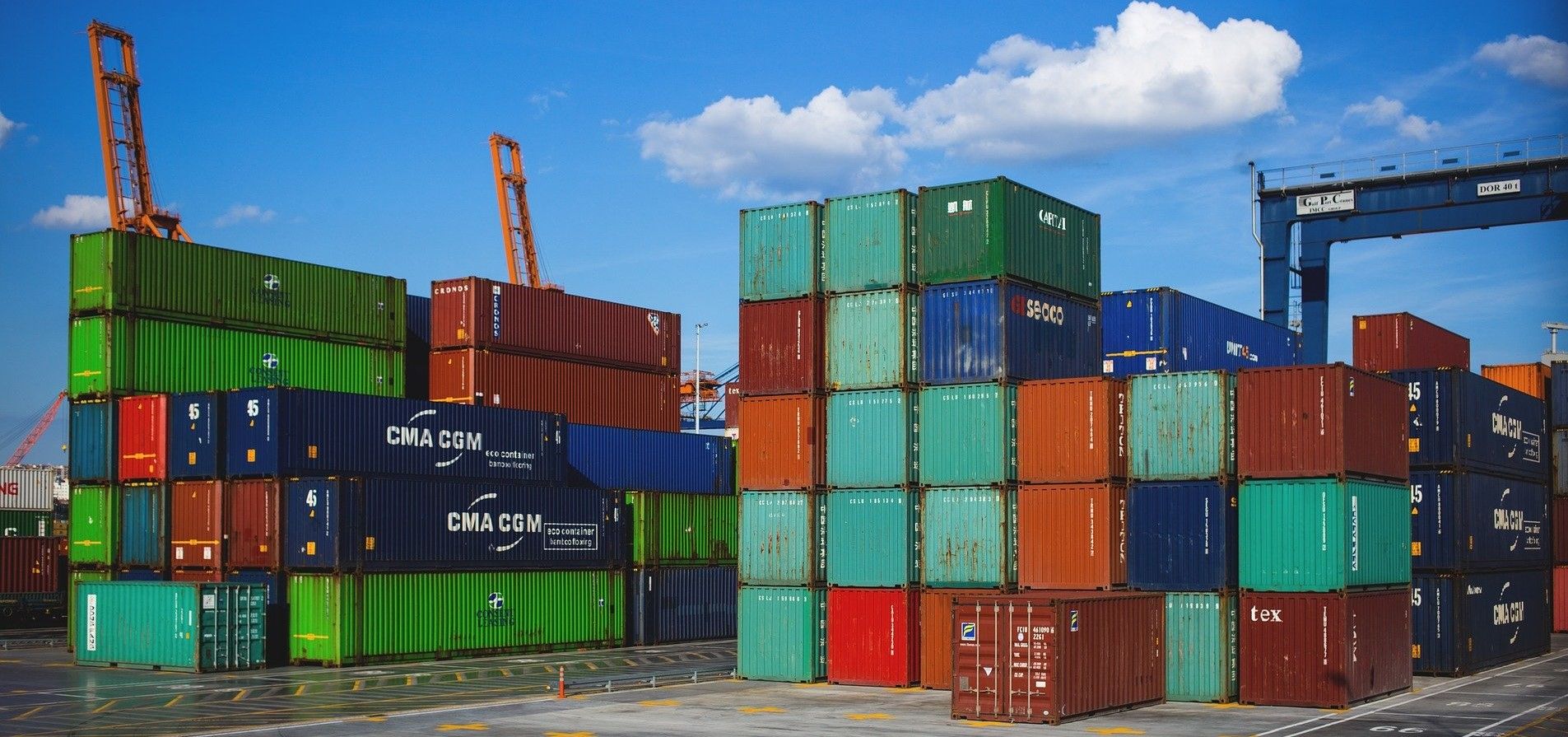The situation is not shocking. Everyone knew it was happening.
Everyone knew that America and Europe were no longer in total control of the pharmaceutical products needed to fight a pandemic like coronavirus.
Now it has happened, something needs to change.
According to Janet Woodcock, director of the US Food and Drug Administration’s Center for Drug Evaluation and Research, the US is still home to the largest number of chemical facilities manufacturing active pharmaceutical ingredients (APIs). The EU has the second largest number. Together they account for just over half of the world’s FDA-registered pharmaceutical production capability. India and China combined control 31%.

However, counting the number of factories, doesn’t give a full picture. API production is a complex market, and Woodcock admits that, “We cannot determine with any precision the volume of API that China is actually producing, or the volume of APIs manufactured in China that is entering the U.S. market, either directly or indirectly by incorporation into finished dosages manufactured in China or other parts of the world.”
Even more mysterious is the raw material market for manufacturing the drugs, although pharmaceutical industry analysts are aware that Western drug producers are increasingly dependent on the East for chemical supplies.
As a recent report in the chemical industry journal CE&N states, “The European Fine Chemicals Group (EFCG) [a chemical manufacturing trade body] estimates that upward of 80% of chemicals used to make drugs sold in Europe now originate from China and India. The group has been keeping a close eye on the ramifications of such a heavy reliance since 2017, when an environmental crackdown by the Chinese government led to a wave of plant closures.”
It is a situation that has changed rapidly in just the last few years, with a 2019 US House of Representatives subcommittee on health learning that the number of Chinese facilities supplying APIs had more than doubled since 2010 to 13% of all those serving the US market.
A few months later, as the virus spread, some medicine producers began to experience raw material shortages. A situation that made it clear something in the pharmaceutical industry’s chemical sourcing had to change.

In addition to supply chain dependence, there are also fears that the influx of pharmaceutical raw materials from the East is lowering standards. In a race to the bottom for cheaper chemical supplies and the growth in popularity of generic brands, there are growing concerns about a possible quality trade-off.
One such pharmaceutical industry leader is Luis Gomes who chairs the Pharmaceutical Activities Committee of the EFCG and is also senior vice president of operations at the Portuguese API maker Hovione.
“As API suppliers, we are a little bit in the middle,” says Gomes. “We see what is happening with our customers who are generic or branded drug manufacturers, but we also see what is happening at the earliest stage of the supply chain.”
India, for example, now produces 40% of the world’s generic drugs and its chief supplier is China who supplies it and other countries with the raw materials it needs.
This situation has brought to light the importance of maintaining control of essential raw materials for drug making, with some chemical suppliers struggling to meet demand for chemical products due to a surge in orders, chemical facility closures, or disrupted supply chains.
What if even more people require medication during the next pandemic? Would China happily divert raw material supply to the West at the risk of having a shortage for its own population?

Like many pharmaceutical industry leaders, Gomes believes that politicians are unaware of the seriousness of the situation.
“If for some reason all the energy used in the United States, say, was produced in China, the American people wouldn’t allow it,” says Gomes. “People need to understand that we need to have certain internal capabilities with public medical supply as well.”
It seems that COVID-19 is opening everyone’s eyes to just how important chemical supply chains are.
To find out how the pharmaceutical industry intends to react, read Coronavirus Challenges Pharmaceutical Industry Supply Chain. Part 2
Photo credit: Steve Buissinne from Pixabay, fernando zhiminaicela from Pixabay, Miguel Á. Padriñán from Pixabay, & Pexels from Pixabay